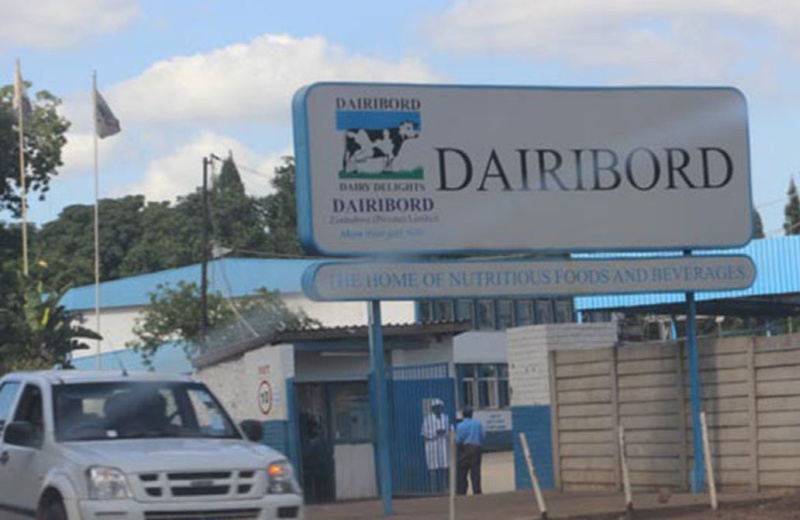Rural households’ income doubles
Average monthly incomes for rural households more than doubled this year compared with last year on the back of growth in food production and remittances from within and outside the country, according to the 2021 Zimbabwe Rural Livelihood Assessment Report.
Household average monthly income increased from US$33 in 2020 to US$75 in 2021, the report by Zimbabwe Vulnerability Assessment Committee (ZimVac) said.
Across all provinces, incomes have increased from a range of between US$27 and US$45, to a range of between US$63 and US$102.
About 67 percent of Zimbabweans live in the rural areas, with farming and labor remaining the major source of livelihoods.
“Government is commended for creating a positive enabling economic environment that has seen an increase in household incomes,” said the report.
Most households continued to rely on casual labour (23 percent), food crop production or sales (11 percent), formal salary or wages (10 percent), remittances within (10 percent) and remittances from outside (7 percent) were reported as the most important income sources.
“The incomes are still very low for a household considering that an individual is surviving on US50c per day and this makes them very poor,” said Mr Leo Chatedza, a development economist with a local university.
“What is encouraging is the potential that rural economies have particularly on the farming side and this is the most important area that the Government and development partners should now focus on . . . high impact projects which create employment and improve household incomes.”
Government has been supporting rural households under state sponsored farming programs such as the Presidential Inputs Scheme and Pfumvudza, which have boosted yields this year.
“The approach needs to change . . . the real focus needs to be on the rural economy if we are to achieve inclusive growth. We need to see investment in irrigation, farm mechanisation . . . access to credit facilities tailor made for rural people. We also need our learning institutions to be innovative and come up with locally made products that help our rural communities,” Mr Carlos Tadya, an analyst with a local think-tank told our sister paper Business Weekly.
Government is targeting to achieve a middle-income status by 2030 and the devolution agenda is expected to accelerate growth of rural economy.
Under the devolution drive, which is also meant to ensure inclusive growth, the country will see new projects aimed to boost rural incomes by developing farm technology, creating community products and promoting tourism.
Devolution refers to the cascading of powers and responsibilities to lower levels of governance by the Central Government, and in Zimbabwe a key feature of this is the creation of provincial councils that will become the authority in the running of affairs in the country’s regions.
Section 301 of the Constitution provides for Intergovernmental Fiscal Transfers from central to provincial and local tiers of Government to support devolution.
The model of devolution will facilitate investment in various districts at growth points.
ZimVac also commended Government for ensuring an economic environment that reduced food expenditure ratio, thereby allowing use of money for other household requirements.
According to the report, the food expenditure ratio is 55 percent, a decrease from 65 percent reported in 2020.
This improvement implies that households had more income to spend on other essential services and non-food items compared to last year.
The increase in rural income should unlock value for many businesses especially in the agro-sector where farmers need inputs such as fertilisers, seed and other consumables nearer to where they conduct their businesses.-herald.clz.w










